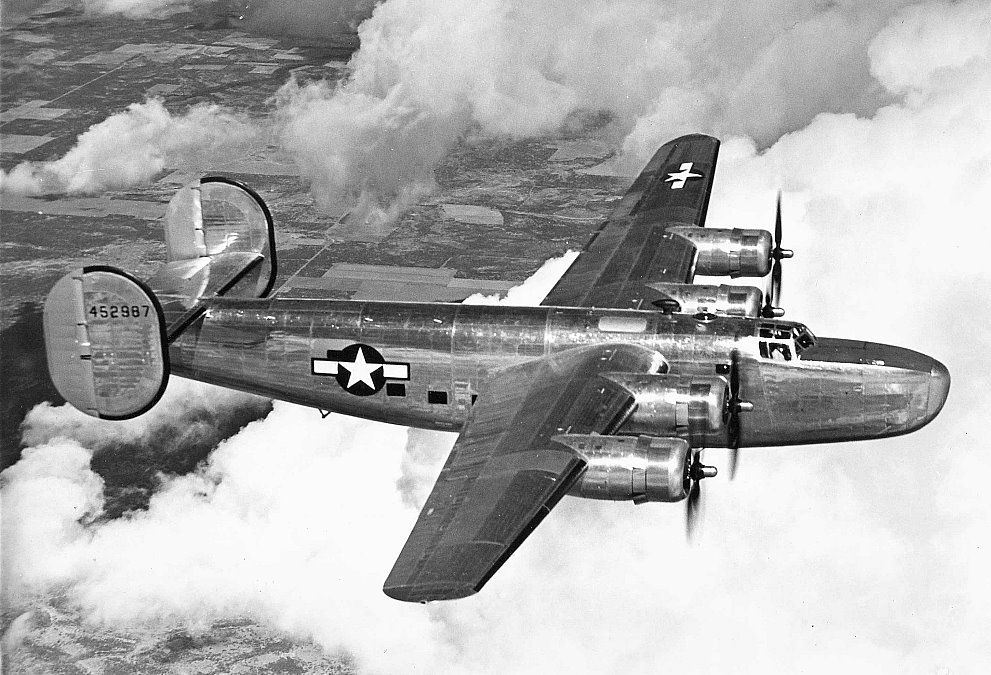Fashion in Combat: Military Uniform Evolution that Will Make You Travel in Time
Through hundreds of years, military uniforms go through a radical evolution in clothing and styling. Every prominent regime, US Army uniforms shifted from rags to polished black boots, from blue waistcoat and breeches to camouflage patterns, and from tricorn hat to green combat helmets.
Let’s travel back in time and learn to appreciate US soldiers who fight for freedom and threats under mental and physical challenges, through their fashion revolution.
Revolutionary War

During the early years, soldiers go to war with whatever clothes they have. Washington ordered the Continental Army to wear hunting shirt as a field uniform. However, funding problems hinder the uniformity that put them in the rough situation. They stay on blankets during winter while using rags as a substitute for their crippled shoes.
In the year 1779, uniform becomes standardized to distinguish troops from the British. As the enemy used red clothes, they used blue coats paired with white overalls and waistcoats. Soldier wear coats with various colors to identify their region. Years after, blue coats with red fore became the standard design except for the high ranking officials.
War of 1812

Caledonia Canada Day Photo commemorating the War of 1812
This time, the uniforms take inspiration to the European soldiers. US army adopted single-breasted coat with black herringbone false buttonholes and gold buttons. The use of boots is only applicable for generals and staff officers. Later in 1814, gray uniforms replaced the standard blue uniforms due to cloth shortage.
US-Mexican War

Southwest conflicts pushed the army leaders to modify the separate field and dress uniforms. In 1833, fatigue jackets, light blue pants, and forage caps served as field dress for cavalrymen. Officers and NCO’s on the other hand, wear blue trousers with white stripes and blue frock coat with silver buttons and white wool laces that indicate infantry division.
They used yellow wool lace for the artillery. Also, worsted epaulets replaced the shoulder wings on their coats.
Civil War

Throughout the mid-19th period, uniform trends embraced practicality and simplicity. In 1851, authorities issued a regulation to wear service uniform using blue wool frock coats while riding troops wear jackets paired with sky blue trousers. Years later, the style for field wear shifted to four-button sack coats and Kepi instead of army campaign hat.
Due to lack of funding, disparity on battleground attires started. Uniforms made differently in each state or privately tailored by women, created variety in the war zone.
Spanish-American War

The trend blue field uniforms lasted in this era. In 1880, soldiers wore drab campaign hat, blue jacket and trousers and brown canvas leggings. Cavalry units wear the new style with ‘neckerchiefs’ like great rough riders. Moreover, officers wear coat sheared with black mohair braid, dark blue breeches and hat, and boots same with cavalry soldiers.
World War I & II

This time, soldiers still followed the Khaki uniform for the field but used olive color instead of blue and put spiral puttees in their legs. War Department imposed changes like replacing black leather with russet, shrinking chevron sizes and revamping insignia and buttons. Also, Airborne forces received cold weather flying jackets and coats.
In 1930, armies started to wear trousers alight with khaki canvas leggings. Years later, Garrison wear began to dominate fashion in combat topped with steel M-1 helmet. Use of camouflage uniform started last 1994 in France, but allied troops confused them with the Nazis, so they go back to olive drab clothing for preferable dissimulation.
Korean and Vietnam War

Korean and Vietnam War
Olive green fatigues remained as the official uniform during both wars. But they made adjustments for Korean winter and tropical Vietnamese weather like pockets for essential items, wind-resistant fatigues, herringbone twill cotton for overcoats and other functional features. Additionally, specialized units long range reconnaissance patrol members wear ERDL patterned uniform.
1981 and beyond

Photo: Charles Suilen at Sierra Prieta
The woodland pattern created an iconic breakthrough for war outfits. Soldiers started to wear it in service operations in Haiti, Panama, and Grenada in the late 1980s. With the additional armor system, field coat, helmet, and boots which feature camping and hiking gears help soldiers in readjusting with the surroundings.
In 1991, Army issued three-color camouflage as a uniform for Operation Desert Storm. Soldiers deployed in Iraq and Afghanistan also used the pattern and body armor. In 2004, universal and digitized gray and green camouflage replaced BDU and DCU designs.
At Present

Military uniforms of Poland
US army uses operational camouflage pattern, almost same as Multicam, with the cuts based on the ACU. They use buttons to seal leg pockets instead of loop tape and hook to avoid much noise. Army board also removed elbow and knee pads, drawstring in trouser waistband and modified infrared square identification.
Overall, Coyote brown boots and OCP headgear completes the digital universal patterned uniform. The army also issued tactical vest particular for women’s body type who accepts combat roles.
Takeaway
Before, by using horses and guns with bayonets, armies break the road of war with their uniform and accouterments. But now, they ride on military tanks and fighter planes with MOLLE or Flak Vests stuck in their body. At present, US Military unit follows Operational Camouflage Pattern that aids them to blend in the mountains.
Some army uniforms and fashion evolution remain to be unmentioned due to the diversity of uniform styles. It’s a long story to be told. If you like to spot an in-depth view at US Army uniforms, research for more. Be proud and learn to appreciate soldiers who struggle in the middle of acts of warfare.
EDITORS NOTE: Leslie Wyman is a writer for French Connection.



Leave a Reply
Want to join the discussion?Feel free to contribute!